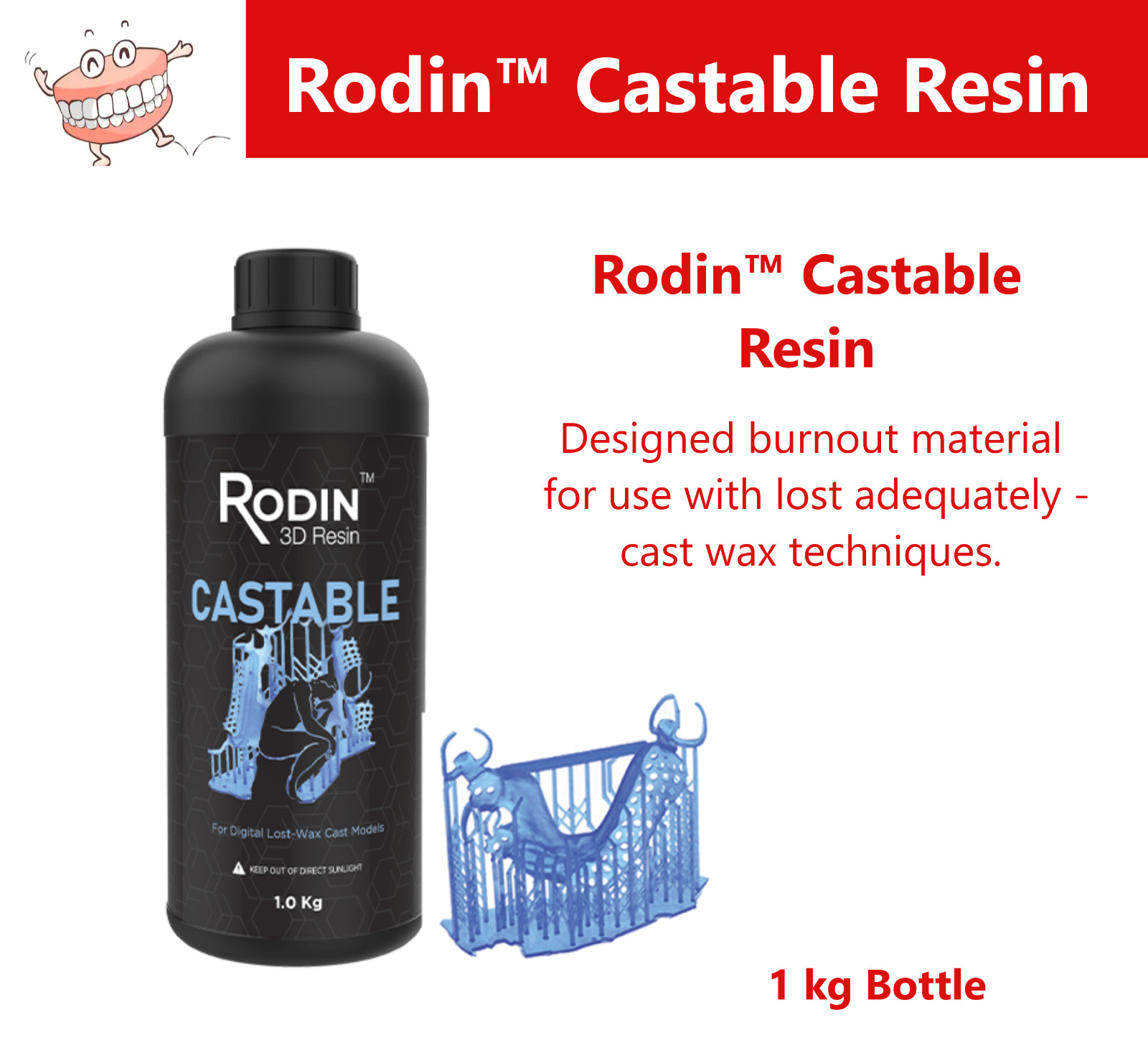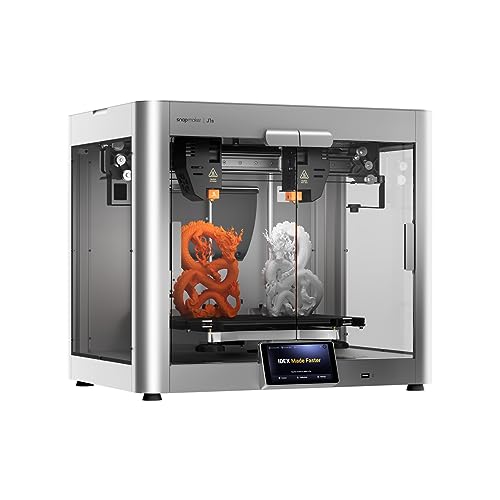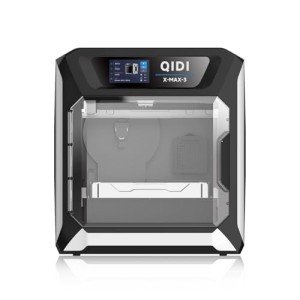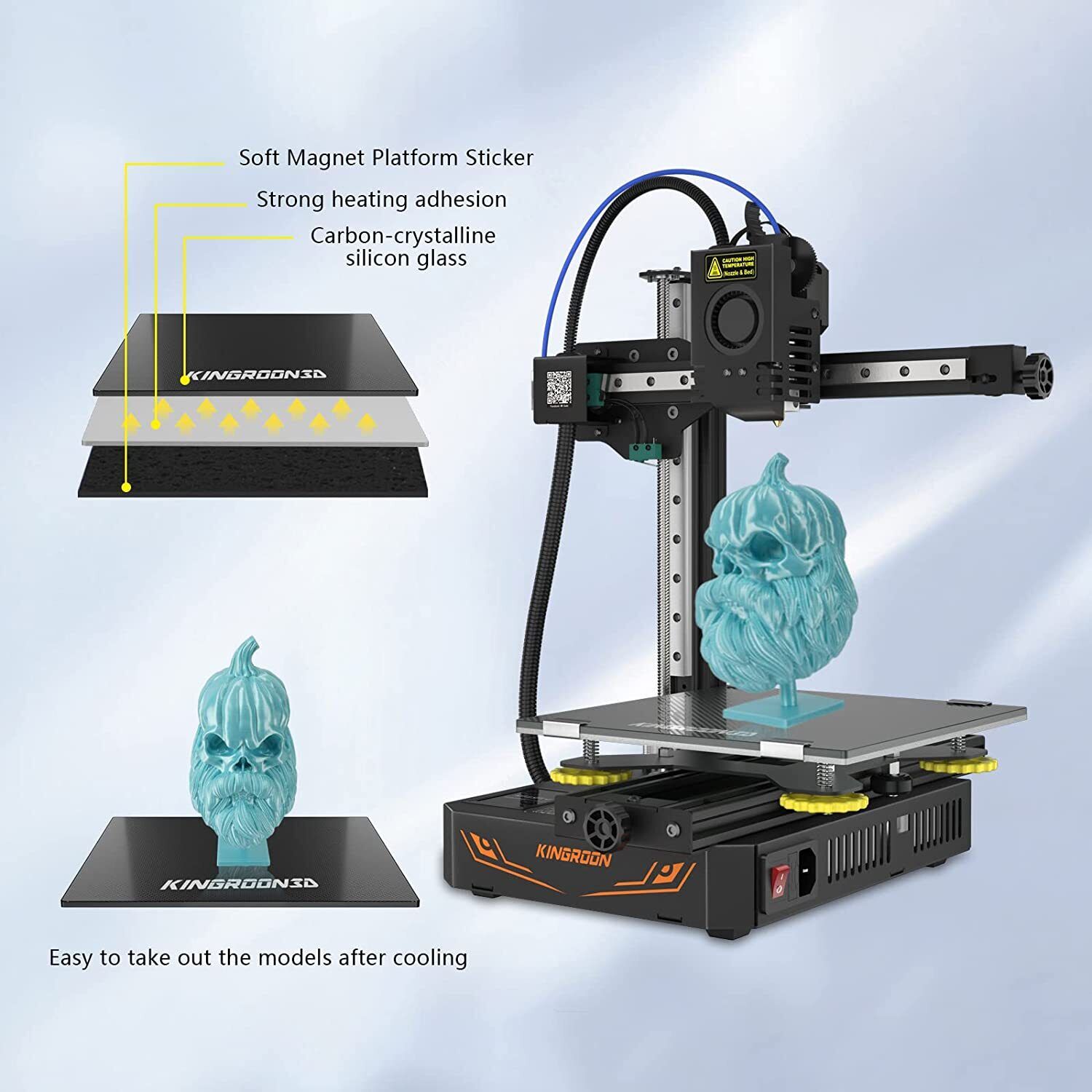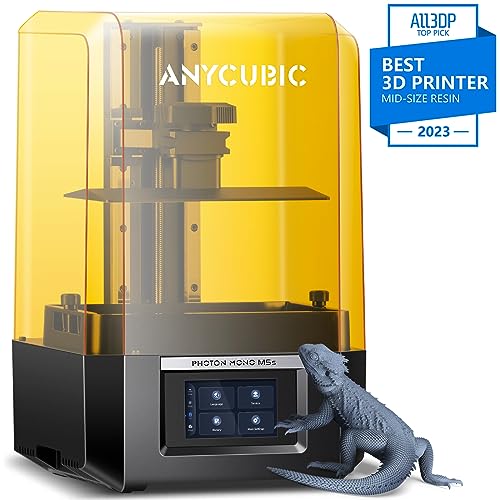3D printing has taken the world by storm, changing how we think about production and design. Remember when you could only dream about creating something right at home? Now, it's possible to bring your ideas to life with just a few clicks. This isn't just about fun gadgets; 3D printing technology is revolutionizing industries like healthcare, education, and manufacturing.
Imagine getting a custom prosthetic limb tailored specifically for you, or students being able to print out a model of the solar system for a school project. With affordable and user-friendly 3D printers on the market today, anyone can join in the creation fun. You don’t need a degree in engineering to make awesome stuff; you just need a bit of creativity and a 3D printer at home.
The magic doesn't stop there. As 3D printing technology advances, we see innovations that were once only part of sci-fi movies. Houses are being printed layer by layer, making them more affordable and sustainable. Eco-friendly materials are becoming available, turning waste into useful products. It’s pretty incredible how 3D printing is not only shaping our future but also helping the planet.
Every day, more people are realizing the potential of 3D printing technology. It’s not just for businesses anymore; hobbyists, artists, and makers are all jumping on the bandwagon. With so many resources available online, anyone can learn how to design and print their own projects, making this technology as accessible as it is exciting.
How 3D Printing Works in Simple Terms
3D printing technology is all about creating three-dimensional objects from a digital design. Imagine starting with a design on your computer — it could be anything from a toy to a part for a machine. You tell the printer to make it, and it gets to work layer by layer, kind of like building with Lego blocks.
So how does this magic happen? First, you need a 3D model. You can create one using special software or find pre-made designs online. Once you have your model, you send it to the printer. The printer uses materials like plastic, resin, or metal, depending on what you need. It heats or melts the material and lays it down, one thin slice at a time. This process continues until the whole object is complete!
Another cool thing about 3D printing technology is that it lets you customize your creations. Want a specific color or size? Just change the settings on your model! You can even combine different materials for a unique look or function. This flexibility opens up so many possibilities for hobbyists, engineers, and even artists.
Plus, 3D printing can save time and reduce waste. Instead of making hundreds of items in a factory, you can print just what you need, when you need it. This makes it easier to try out new ideas without committing to big production runs. Whether you're a beginner or a pro, 3D printing technology makes it easy, fun, and exciting to bring your ideas to life!
Dental Rodin Castable Resin for 3D Printing 1 Kg
Create precise dental models and restorations with this easy-to-use castable resin
Product information
$269.95
Product Review Score
4.5 out of 5 stars
213 reviewsProduct links
Exciting Applications of 3D Printing Today
3D printing technology isn't just a futuristic concept; it's reshaping industries today in some amazing ways. One of the most exciting applications is in healthcare. Imagine printed prosthetics that fit perfectly and are tailored to the individual. Hospitals are using 3D printers to create custom implants and even print human tissues for research. It's a game-changer for patient care.
In the world of manufacturing, 3D printing technology speeds up prototyping. Rather than waiting weeks for a prototype, companies can print one in just hours. This means products hit the market faster. Plus, it cuts down on waste, which is always a good thing. Engineers love the freedom to design parts that were once impossible or too complex to make with traditional methods.
Education is getting a boost too. Schools are integrating 3D printing into their curriculums, allowing students to bring their ideas to life. Whether it’s creating models for science projects or designing unique art pieces, kids are learning valuable skills tech-savvy folks will need in the future.
Even the food industry is jumping on board. Chefs are experimenting with 3D food printers that create intricate designs for desserts or unique pasta shapes. It’s a fun blend of creativity and technology that’s capturing everyone’s taste buds.
Creality K2 Plus Combo 3D Printer with Multicolor Printing
Bring your imagination to life with vibrant multicolor prints and user-friendly features in the Creality K2 Plus Combo
Product information
$1,499.00
Product Review Score
4.41 out of 5 stars
15 reviewsProduct links
What to Look for in a 3D Printer
Choosing the right 3D printer can feel a bit overwhelming, especially with so many options out there. But don’t worry! Here are some key features to think about that’ll help you unlock the potential of 3D printing technology.
First off, consider the type of projects you want to dive into. Are you into detailed models or functional parts? Some printers are better suited for intricate designs, while others excel in durability. Make sure to check the printer's specifications, like resolution and layer height, to ensure it lines up with your goals.
Next up, look at the build size. If you're planning on making larger projects, you’ll want a printer that has a spacious build plate. But if you're just starting out with small prototypes, a compact printer can work just fine. Just remember, a bigger build plate means you can get creative with your designs!
Another important factor is the type of materials the printer can handle. Some printers stick to standard plastics, while others have the capability to use specialty filaments like flexible materials or even metals. If you have specific materials in mind for your projects, double-check compatibility before you buy.
Finally, think about user-friendliness. If you’re new to 3D printing technology, a machine with an easy setup and user-friendly interface can save you a lot of headaches. Look for features like touchscreen controls, Wi-Fi connectivity, and good customer support. These will make your printing experience way smoother!
